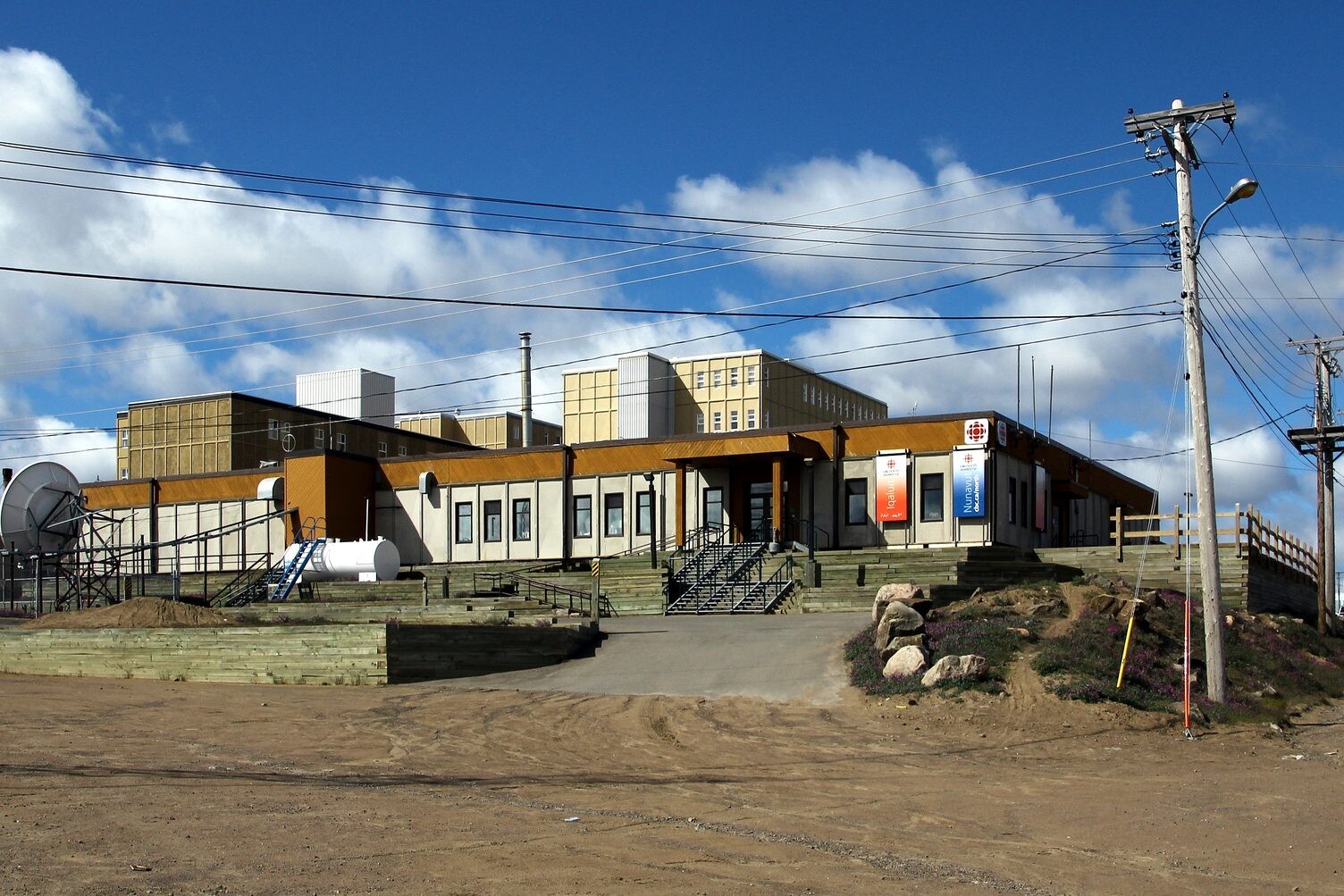As media funded and owned by the public, public media organisations have a unique responsibility to represent all members of society, reflecting diverse cultures and societies. This includes people from indigenous communities.
On International Day of the World’s Indigenous Peoples on 9 August, we have highlighted some of the recent initiatives from members of the Public Media Alliance (PMA) that are leading the way. This could be through the preservation and promotion of indigenous cultures and languages through programming and content, or through providing indigenous peoples with various engagement and equal employment opportunities to engage with their public broadcaster.
But while international days provide an important moment to emphasise these issues, these vital diversity initiatives must be maintained all year round to consistently give indigenous groups and cultures a voice, and to encourage social cohesion. 2022 marks the beginning of the International Decade of Indigenous Languages (IDIL 2022-2032). During these coming years, PMA will continue to document the progress of – as well as the challenges – that public media face in this area.
Here is a selection of recent initiatives from PMA members:
NBC to introduce radio dramas to all Indigenous language platforms
Namibia’s public broadcaster, NBC, announced that it will soon be calling for proposals from the public for radio drama series that would be aired on all of NBC’s 11 platforms. The project, called ‘Mulilo’ (which means ‘fire’ in the indigenous language, Setswana), centres around storytelling as a way of preserving Namibian cultures and traditions. NBC Director General, Stanley Similo, explained that radio as a medium of communication “still remains powerful” especially when it comes to storytelling.
“The issue of culture and language is quite key to us hence we are saying if we look at our African heritage, storytelling has always been there so we just want to really bring this back so that we can have stories that have been written by Namibians for different audiences within the languages and the cultures that they are associated with.”
In doing so, Mr. Similo argued that these languages “don’t die out”. It also presents an opportunity to work with young talent as well as language experts and higher learning institutions.
Find out more: Radio dramas soon to be introduced on all NBC Indigenous language platforms
SBS visualises a changing Australia
The Special Broadcasting Service (SBS), the world’s most linguistically diverse broadcaster, recently launched a new, visually dynamic, multilingual tool to help Australians visualise how the country’s population has been changing in recent years.
Available in eight different languages, the Australian Census Explorer draws on data from the 2021, 2016 and 2011 census results to provide a snapshot of the people that make up Australia. It includes a range of information, from how many different languages are spoken – including how many people speak an indigenous language at home – to how many people also identify as First Nations peoples.
Find out more: SBS visualises a changing Australia
PTS World Taiwan: "Covering the basics"
According to PTS World Taiwan, Taiwanese indigenous peoples make up 2.4% of the population in Taiwan. Ahead of Indigenous Peoples Day, the international service of Taiwan’s public broadcaster published a Twitter thread with information about Taiwan’s indigenous peoples across, which included information about the history of Taiwan’s indigenous peoples and the fight to protect their cultural heritage and rights. It fills public media’s key mandate of creating content to inform and educate audiences about different groups of people within society, and to promote social cohesion.
If you know nothing about Taiwan’s indigenous peoples, here we cover the basics!
Follow this thread for more. pic.twitter.com/kVHBQbBmcA
— PTSWORLDTAIWAN (@ptsworldtaiwan) July 15, 2022
CBC/Radio-Canada engages with Indigenous communities
Since April this year, Canada’s national public broadcaster has been hosting “engagement sessions” with Indigenous individuals, communities and organisations across Canada to hear from members of First Nations, Inuit and Métis People to find out what they want from their public broadcaster. The initiative is scheduled until September, and will help to shape the development of CBC/Radio-Canada’s National Indigenous Strategy, which focusses on improving how CBC/Radio-Canada represents and reflects diverse Indigenous cultures, interests and needs.
CBC/Radio-Canada is the only domestic broadcaster to provides content in eight Indigenous languages, alongside its two official languages. In recent years, the public media organisation has also committed to improving diversity within the workforce, aiming to ensure that half of its new hires for executive and senior management positions will be Indigenous people, racialized people, or people with disabilities, while increasing the retention and promotion rates of such groups.
Excited about @CBCRadioCanada‘s new community engagement plans for indigenous cultures in #Canada. The public broadcaster will host 20 engagement sessions as part of its new #indigenous strategy. #diversity #publicmedia @CBC_Publicity @PresidentCBCRChttps://t.co/yVqX8VmYp0
— Public Media Alliance (@PublicMediaPMA) April 20, 2022
.@CBC marks National Indigenous Peoples Day and National Indigenous History Month with special programming including the 2022 @Indspire Awards (June 19) and @cbcpodcasts‘ BUFFY (June 21) about prolific singer-songwriter Buffy Sainte-Marie. Read more: https://t.co/8ePzSBADad pic.twitter.com/Z5hzQCZOKl
— CBC PR (@CBC_Publicity) June 16, 2022
Find out more: CBC/Radio-Canada engaging with Indigenous communities across Canada about better reflecting Indigenous cultures
CPB: "Trusted news and information by, for and about Native Americans"
The Corporation for Public Broadcasting (CPB) recently issued a two-year $500,000 grant to non-profit news organisation, IndiJ Public Media, to help expand its daily news programme to public broadcasting audiences and Indigenous communities. According to reporting by Current, the programme, ‘ICT Newscast with Aliyah Chavez’ is carried by the First Nations Experience network, based in California, and is distributed by National Indigenous Television (NITV) in Australia.
“ICT is a go-to source of trusted news and information by, for and about Native Americans,” said Kathy Merritt, CPB’s SVP of radio, journalism and CSG services. “CPB is proud to support this vital news organization, which provides a deep understanding of history and culture that adds important context to their reporting.”
Find out more: CPB grant will help expand Indigenous programming
Header image: Rows of colorful chairs in Auditorium. Credit: siraanamwong/iStock

